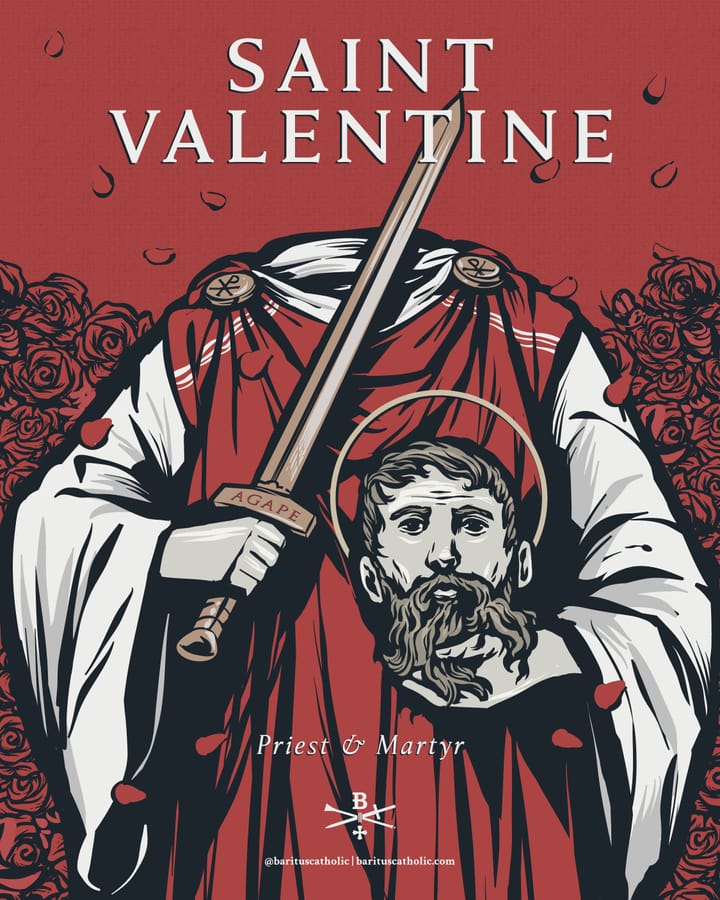How Many Divisions does the Pope have?
A fun piece of history, and an interesting artifact, is the M1868 Pontifico, the only modern rifle ever manufactured specifically for the Vatican. An extremely rare military rifle, the M1868 was manufactured for the Zuavi Pontifici, the international brigade that defended the Papal States. There were a mere 5,000 Zuavi, the Papal States being by the 1860s a small and derelict Italian principality left behind by the great nationalist movements of the XIXth century. When King Victor Emmanuel II annexed the Papal States in 1868, the Zuavi had no hope of preserving the independence of the Papal States by force of arms. Pope Pius IX retreated inside the walls of the Vatican, and never again left until his death in 1878.
This represented a nadir of the power of the papacy both politically and spiritually. The nationalist movements meant that the local churches were largely under the control of the nation state. The remaining properties of the monastic orders were seized even in Catholic countries. Following his election as abbot in 1868, Gregor Mendel spent the latter part of his life defending his abbey from the depredations of the Hapsburgs, to the detriment of further experiments in genetics.
Pio Nono (as Pius IX was familiarly known), was famously not amused by this development. The Syllabus of Errors actually dates from before the loss of the Papal States, but the more time Pius IX had to think about the new world order, the less he found to like about it. This dislike is not entirely without justification. The unification of Italy had something of a colonial character, with the North dominating the South. The strife between the industrial North and the agrarian South of Italy continue to this day. [the North makes Ferraris, the south Mafiosi]
The involuntary stripping of the Papal States from the Pope had the paradoxical effect of making the Papacy stronger. Freed from the distractions of temporal rule, the popes eventually discovered a profound moral authority as the only remaining transnational institution in the West. This was abetted by the very success of the nation state, which had discovered an astounding ability to tax and organize the lives and possessions of its subjects. This enabled great progress as well as great devastation: the Great War would not have been possible without the nationalist ability to mobilize the entire citizenry of a state to fight a war. The Papacy functioned here as a court of last resort, the only existing institution you could appeal to over the nation state.
This did not occur immediately, but developed over the course of two generations, taking full flower in the social teachings of Pope Leo XIII. The international reach and prestige of the papacy has continued to increase ever since.
Thus when Stalin asked, "how many divisions does the Pope have?", he did not realize that the elimination of the last remnant of the Papal armies had made the Pope more powerful than ever.
h/t DarwinCatholic



Comments ()